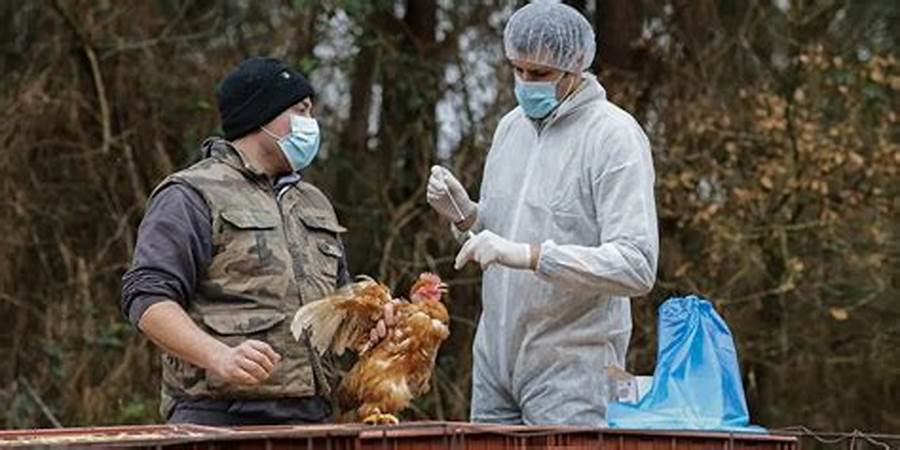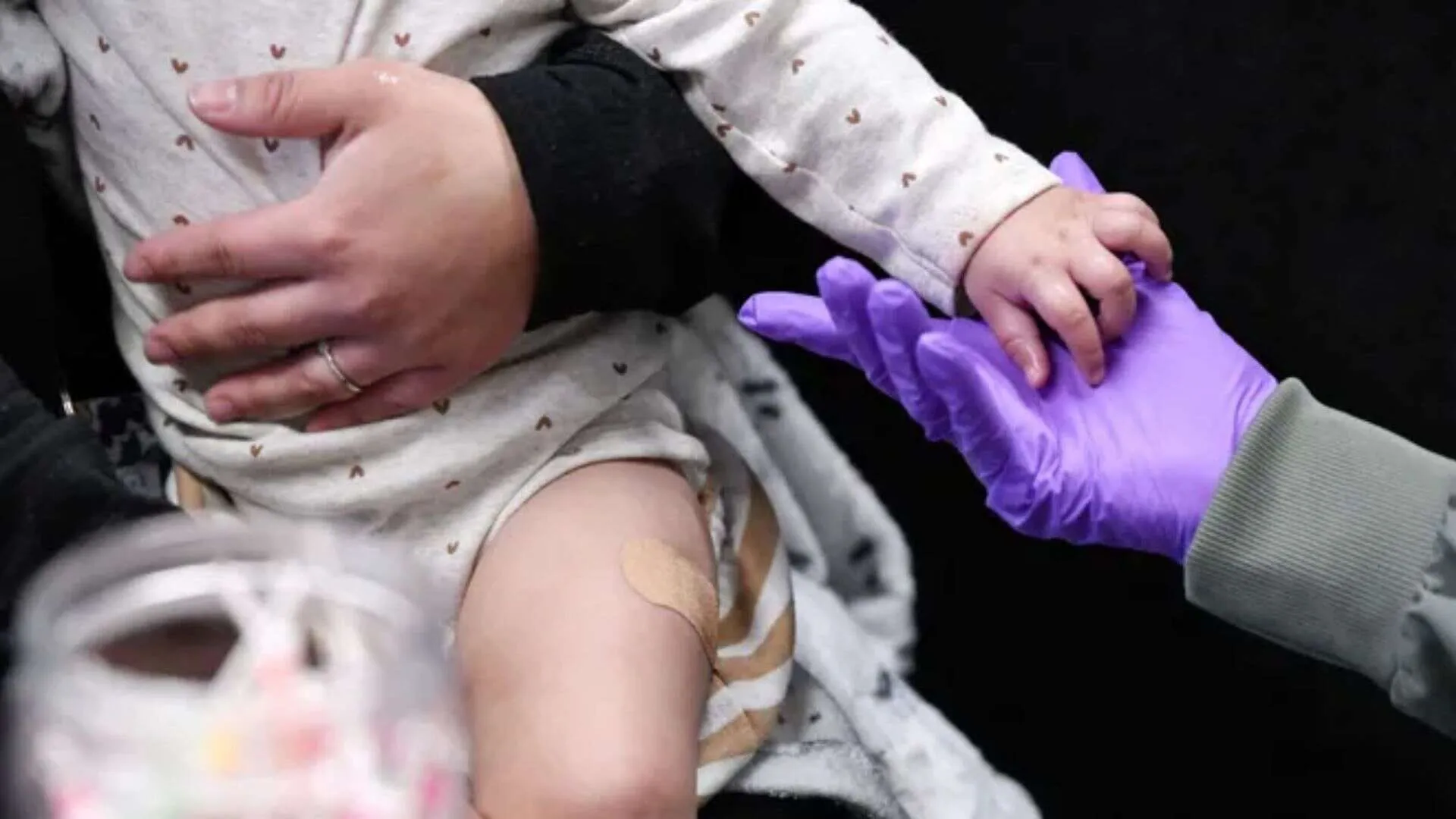How America Lost Control of the Bird Flu, Setting the Stage for Another Pandemic
The world has faced several pandemics throughout history, with the most notable in recent memory being the COVID-19 pandemic. However, before the world became preoccupied with the novel coronavirus, there was another looming threat that almost became the next global health catastrophe: Avian Influenza, or bird flu. In particular, the situation in the United States has raised concerns about how public health systems and government agencies failed to control the outbreak, allowing it to spread unchecked and setting the stage for a future pandemic.
Bird flu is a viral infection primarily affecting birds, but certain strains of the virus, such as the H5N1 and H7N9 subtypes, have the potential to infect humans and cause severe disease. The virus is typically spread through direct contact with infected birds or contaminated environments, making poultry farming and wild bird migration the major vectors for transmission. The situation became more alarming when highly pathogenic avian influenza (HPAI) outbreaks occurred in birds, as the disease could mutate and evolve into a strain capable of sustained human-to-human transmission. In recent years, the U.S. has witnessed several bird flu outbreaks, which have provided an unsettling preview of what could happen if such a virus were to evolve further.
The Early Warnings and Missed Opportunities
The avian influenza virus has long been a known threat to global health. In the early 2000s, public health experts warned that a human influenza pandemic was a matter of “when,” not “if.” In 2005, the H5N1 strain of bird flu hit global headlines as it spread across Asia and began infecting humans. The virus caused several deaths, mainly in people who had close contact with infected poultry, but experts feared that it could mutate into a form capable of spreading easily from human to human, which could lead to a pandemic.
Despite these early warnings, the U.S. government’s response to the bird flu threat was sluggish and disjointed. While the H5N1 strain never evolved into a pandemic, it set the stage for future outbreaks. The United States, which houses some of the largest poultry industries in the world, has been a hotspot for avian flu outbreaks. However, the response from authorities often seemed reactive rather than proactive, focusing on containment measures once outbreaks were detected, but failing to implement robust preventative strategies.
In 2014, an outbreak of H5N8 avian flu in the U.S. affected wild birds, leading to the culling of over 50 million birds. Public health experts and virologists once again sounded the alarm that the bird flu could mutate and become capable of human transmission. But even after this close call, the U.S. government failed to prepare adequately for future outbreaks, focusing more on short-term containment rather than long-term preparedness for a potential pandemic.
The Lax Response to the 2015 Avian Flu Outbreak
One of the most significant examples of the U.S. government’s failure to control bird flu occurred during the 2015 avian influenza outbreak. In that year, the H5N2 strain of avian flu swept across the country, infecting commercial poultry farms, primarily in the Midwest. The outbreak became the largest in U.S. history, infecting over 50 million birds and costing the U.S. poultry industry an estimated $3 billion. Despite the vast scale of the outbreak, the response from the U.S. government and the Centers for Disease Control and Prevention (CDC) was inadequate.
Though the 2015 outbreak did not lead to human infections, it raised several important concerns about the country’s preparedness for a potential avian flu pandemic. The virus was found in wild birds and spread rapidly through factory farms, with outbreaks hitting nearly 20 states. The response largely revolved around culling infected flocks, rather than addressing the broader, systemic issues that allowed the virus to spread. The U.S. Department of Agriculture (USDA) initiated containment efforts, but these efforts were reactive, occurring after the virus had already spread widely.
Experts warned that the rapid spread of H5N2 was a direct consequence of industrial farming practices, which bring together large numbers of birds in confined spaces, creating ideal conditions for the virus to thrive and mutate. Despite these warnings, there were no significant policy changes in the agricultural sector to address these concerns. Instead of investing in long-term solutions such as biosecurity measures or diversifying poultry farming practices, the U.S. government’s focus remained on short-term containment. This reactive approach only reinforced the notion that the country was not truly prepared for a larger-scale outbreak, let alone a pandemic.
Failures in Surveillance and Early Detection Systems
One of the major contributing factors to the spread of avian influenza in the U.S. has been weaknesses in the surveillance and early detection systems that are supposed to catch outbreaks before they become widespread. In theory, the CDC and USDA are tasked with monitoring avian flu outbreaks in both wild and domestic birds. However, in practice, these surveillance systems have proven to be insufficient in preventing the rapid spread of the virus.
For example, during the 2015 outbreak, there were significant delays in detecting infected birds and implementing measures to prevent further spread. By the time the virus was identified in some commercial poultry farms, the infection had already spread to neighboring farms, making containment much more difficult. The lack of timely detection allowed the virus to spread quickly, with very little oversight on how the disease was being managed at the local level. This is a critical failure because early detection and containment are vital to preventing a virus from mutating and jumping to humans.
The absence of a well-coordinated response between state and federal agencies also hindered efforts to control the outbreak. While the USDA took steps to cull infected poultry, these efforts were often disorganized and poorly executed. Local farmers and poultry producers were left to fend for themselves in many instances, and the lack of standardized protocols meant that some areas were better equipped to handle the crisis than others.
The Current Bird Flu Situation and Concerns for the Future
In 2022 and 2023, the U.S. saw another significant resurgence of bird flu, with the H5N1 strain once again making headlines. This outbreak has raised alarms because of the potential for the virus to evolve and gain the ability to transmit between humans. The current bird flu strain circulating in the U.S. has already caused significant damage to the poultry industry, with millions of birds being culled to prevent the virus from spreading further.
While human cases of bird flu remain rare, the virus continues to mutate, and the possibility of a new pandemic strain emerging cannot be ruled out. As in previous outbreaks, the U.S. government has relied heavily on culling infected birds and implementing containment measures after outbreaks are detected. However, there is still a lack of comprehensive strategies to prevent the virus from evolving into a form capable of sustained human-to-human transmission.
The failure to prepare for a potential bird flu pandemic has left the U.S. in a vulnerable position. Experts warn that the U.S. could face another global health crisis if the virus were to mutate in such a way that it could spread from human to human. The continued presence of the virus in both domestic and wild bird populations means that the U.S. will likely see further outbreaks in the future. Without stronger preventive measures, such as better surveillance systems, biosecurity in poultry farms, and faster response protocols, the country risks losing control over the next major outbreak.
The Path Forward: How the U.S. Can Prevent a Future Pandemic
To prevent the next pandemic, the U.S. must adopt a more proactive approach to avian influenza and invest in long-term strategies to mitigate the risks associated with the disease. There are several key actions that need to be taken:
- Improving Surveillance Systems:
The U.S. needs to improve its surveillance and early detection systems for avian flu, particularly in high-risk areas such as poultry farms and migratory bird habitats. This requires investment in technology and stronger coordination between federal, state, and local agencies. - Enhancing Biosecurity:
Strengthening biosecurity measures on poultry farms is critical to preventing future outbreaks. This could include measures such as improving sanitation, limiting contact between wild and domestic birds, and ensuring that workers have the necessary personal protective equipment to avoid cross-contamination. - Research into Vaccine Development:
Continued investment in vaccine research for avian flu is necessary to protect both humans and poultry from future outbreaks. Vaccines can play a pivotal role in preventing the spread of the virus and reducing the risk of a pandemic. - Global Cooperation:
Avian influenza is a global issue, and the U.S. must work with other countries to monitor and control the disease in wild bird populations and poultry industries worldwide. Collaboration with international health organizations such as the World Health Organization (WHO) is essential to prevent the spread of the virus across borders. - Public Awareness and Education:
The public needs to be educated about the risks of bird flu and the importance of biosecurity and preventive measures. Increased awareness can help reduce the spread of the virus and encourage timely reporting of potential outbreaks.
The U.S. lost control of the bird flu outbreak due to a combination of factors, including a reactive approach to disease control, inadequate surveillance systems, and a lack of long-term preparedness. These failures have set the stage for a potential future pandemic. If the U.S. does not take immediate action to strengthen its systems for monitoring and controlling avian influenza, it could find itself facing another global health crisis. The lessons learned from past outbreaks should serve as a wake-up call, highlighting the urgent need for proactive measures to safeguard public health in the face of future pandemics.










